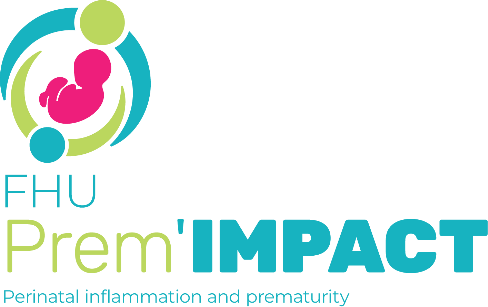Abstract
Background: Follow-up of very preterm infants is essential for reducing risks of health and developmental problems and relies on parental engagement. We investigated parents’ perceptions of post-discharge healthcare for their children born very preterm in a European multi-country cohort study.
Methods: Data come from a 5-year follow-up of an area-based cohort of births <32 weeks’ gestation in 19 regions from 11 European countries. Perinatal data were collected from medical records and 5-year data from parent-report questionnaires. Parents rated post-discharge care related to their children’s preterm birth (poor/fair/good/excellent) and provided free-text suggestions for improvements. We analyzed sociodemographic and medical factors associated with poor/fair ratings, using inverse probability weights to adjust for attrition bias, and assessed free-text responses using thematic analysis.
Results: Questionnaires were returned for 3635 children (53.8% response rate). Care was rated as poor/fair for 14.2% [from 6.1% (France) to 31.6% (Denmark)]; rates were higher when children had health or developmental problems (e.g. cerebral palsy (34.4%) or epilepsy (36.9%)). From 971 responses, 4 themes and 25 subthemes concerning care improvement were identified.
Conclusions: Parents’ experiences provide guidance for improving very preterm children’s post-discharge care; this is a priority for children with health and developmental problems as parental dissatisfaction was high.
Impact: In a European population-based very preterm birth cohort, parents rated post-discharge healthcare as poor or fair for 14.2% of children, with a wide variation (6.1-31.6%) between countries. Dissatisfaction was reported in over one-third of cases when children had health or developmental difficulties, such as epilepsy or cerebral palsy. Parents’ free-text suggestions for improving preterm-related post-discharge healthcare were similar across countries; these focused primarily on better communication with parents and better coordination of care. Parents’ lived experiences are a valuable resource for understanding where care improvements are needed and should be included in future research.
